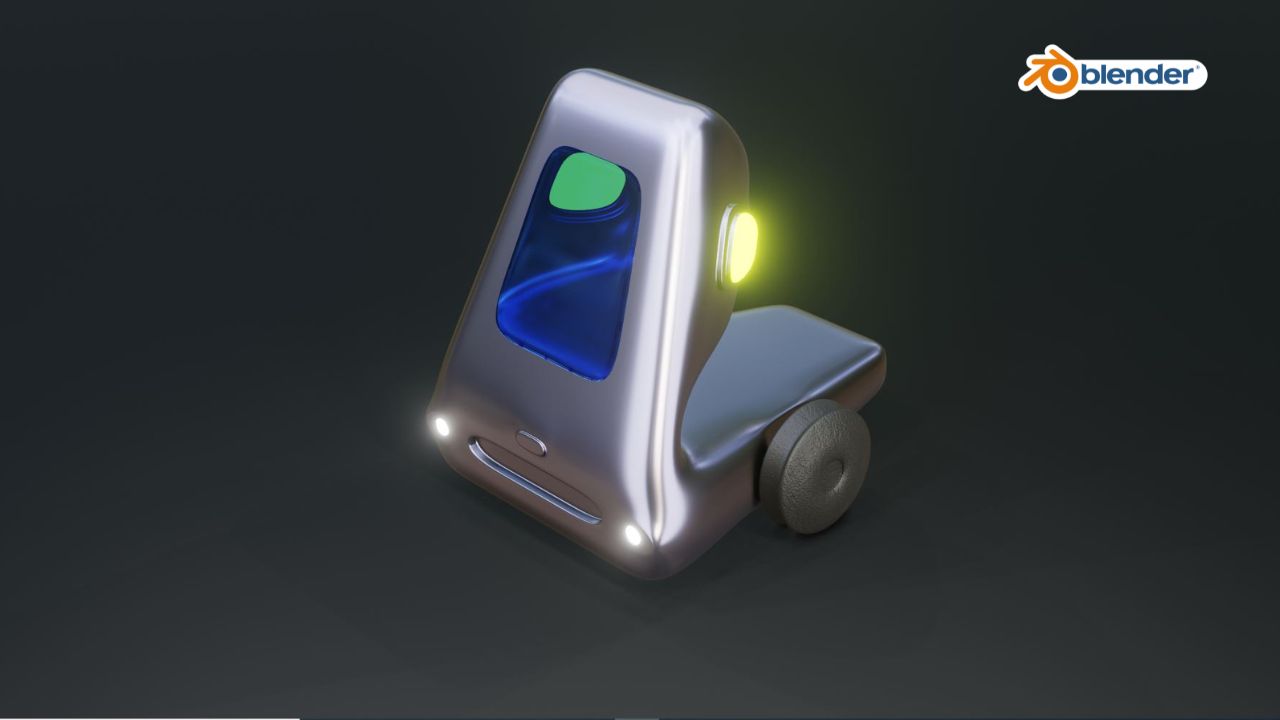Vehicle design in Blender involves using the software’s 3D modeling, rendering, and visualization capabilities to create and conceptualize various types of vehicles, such as cars, motorcycles, airplanes, boats, and more. Blender’s flexibility and robust toolset make it a valuable tool for vehicle designers and enthusiasts in several ways:
- Conceptualization: Blender allows vehicle designers to explore and refine their design ideas in a 3D environment. Designers can sketch out concepts, experiment with shapes, and iterate on their designs quickly and efficiently.
- 3D Modeling: Blender provides a powerful set of modeling tools for creating detailed and accurate 3D models of vehicles. This includes the ability to model the exterior and interior of vehicles, as well as the mechanical components.
- Visualization: Blender’s rendering capabilities are essential for visualizing vehicle designs realistically. Designers can apply materials, textures, and lighting to their models to create photorealistic renders or stylized visuals that showcase the vehicle’s appearance and features.
- Prototyping and Testing: Blender can be used to create 3D prototypes of vehicles, allowing designers to assess the design’s feasibility and functionality virtually. This can help identify design flaws or areas for improvement before physical prototypes are built.
- Animation: Blender’s animation tools are useful for creating dynamic presentations of vehicles in action. Designers can animate vehicle movements, such as opening doors, rotating wheels, or demonstrating special features.
- Presentation and Communication: Blender enables designers to create compelling presentations and animations of their vehicle designs. This is valuable for pitching ideas to clients or stakeholders, as well as for marketing and promotional materials.
- Customization: Blender’s scripting and automation capabilities can be leveraged to create custom tools and workflows tailored to the specific needs of vehicle design projects.
- Collaboration: Blender supports collaboration through its compatibility with various 3D file formats. Designers can easily share their Blender files with colleagues, clients, or manufacturers, facilitating communication and project coordination.
- Vehicle Styling: Blender is well-suited for creating and refining the exterior and interior aesthetics of vehicles. Designers can experiment with different shapes, colors, and materials to achieve the desired look and feel.
- Simulation: Blender’s simulation capabilities, such as physics simulations, can be used to test vehicle dynamics, aerodynamics, and other performance aspects.
- Integration with Engineering Software: Blender can import and work with CAD (Computer-Aided Design) files, allowing designers to incorporate precise engineering data into their vehicle designs.
- Cost Efficiency: As an open-source software, Blender offers a cost-effective alternative to some of the more expensive vehicle design software tools, making it accessible to a broader range of designers and enthusiasts.
Whether you’re a professional vehicle designer or simply passionate about designing vehicles as a hobby, Blender’s versatility and features can support you in the entire vehicle design process, from concept to visualization to presentation. It allows for creative exploration and detailed modeling while also enabling practical assessments of a vehicle’s design and functionality.

